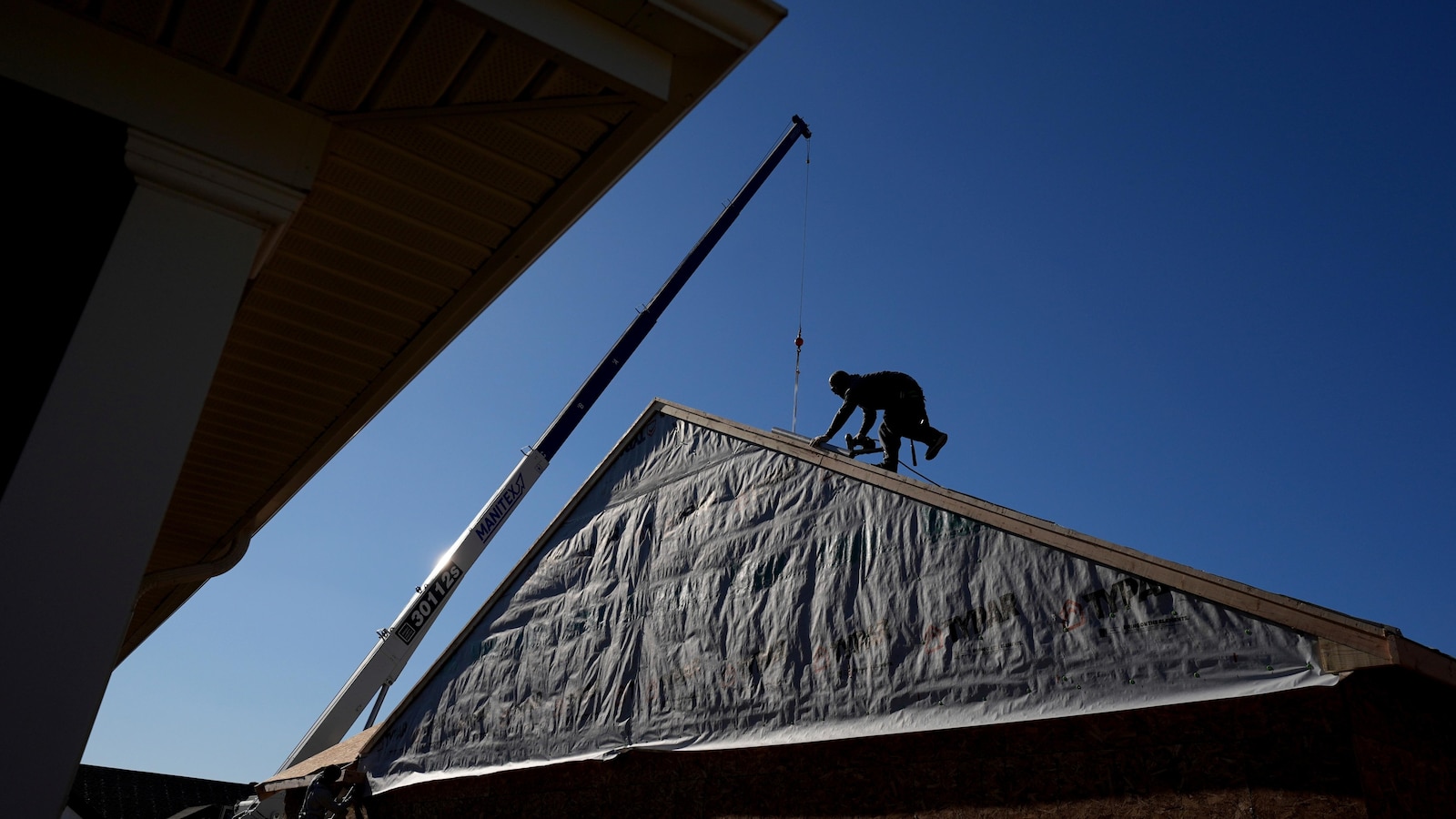Mortgage Rates Dip for Third Consecutive Week: What It Means for Homebuyers
In a welcome shift for prospective homebuyers, the average rate on a 30-year mortgage has fallen to 6.6%, marking its third consecutive weekly decline. This drop in mortgage rates, while modest, has significant implications for both the housing market and individuals looking to purchase homes. With the Federal Reserve’s interest rate hikes in the rearview mirror, questions arise about the trajectory of mortgage rates and their impact on the broader real estate landscape. Could this be the signal for a long-awaited market rebound, or is this a short-term blip?
Understanding the Mortgage Rate Decline
Mortgage rates are influenced by a combination of factors, including the Federal Reserve’s monetary policy, inflation expectations, and broader economic conditions. When the Federal Reserve increases interest rates, it becomes more expensive for lenders to borrow money, which in turn leads to higher mortgage rates for consumers. The recent dip in mortgage rates, following several months of steady increases, suggests a possible easing of these economic pressures.
The current 6.6% rate is significantly lower than the peak rates seen earlier in 2023, which were pushing towards 7% and beyond. This decline offers a potential opportunity for homebuyers who have been sidelined due to affordability challenges brought on by high rates. Lower mortgage rates can lead to reduced monthly payments and more purchasing power, which can be a game-changer in a still-competitive housing market.
Implications for Homebuyers
For homebuyers, the drop in mortgage rates could represent a window of opportunity. Here are some key implications of this rate shift:
- Lower Monthly Payments: With mortgage rates falling, homebuyers can lock in lower interest rates, which means lower monthly payments on their home loans. This can translate into significant savings over the life of the loan.
- Increased Buying Power: A reduced rate means buyers can potentially afford more expensive homes for the same monthly payment. This opens up additional options for first-time homebuyers or those looking to upgrade.
- Refinancing Opportunities: Current homeowners may also benefit from refinancing opportunities. A 6.6% rate could be an attractive option for homeowners with higher-rate mortgages, potentially lowering their monthly payments or shortening the term of their loan.
However, there are caveats. While lower mortgage rates can enhance affordability, they do not necessarily offset other challenges that homebuyers face. High home prices, limited inventory, and competition from other buyers continue to be pressing issues in many markets. As a result, even with lower rates, finding an affordable home remains a significant hurdle for many prospective buyers.
Why Are Mortgage Rates Falling Now?
The decline in mortgage rates is a reflection of broader economic trends. Several factors contribute to this recent shift:
- Deceleration in Inflation: Inflation, which spiked dramatically in 2021 and 2022, has shown signs of slowing down. The Federal Reserve’s aggressive rate hikes over the past year were aimed at cooling inflation, and their impact appears to be taking hold. As inflation expectations ease, mortgage rates tend to follow suit.
- Stabilization of the Bond Market: Mortgage rates are closely tied to the yields on long-term government bonds, particularly the 10-year U.S. Treasury bond. As bond yields stabilize or decline, mortgage rates generally do the same.
- Federal Reserve Policy Shift: While the Fed has been raising rates for much of 2023 to combat inflation, there are growing signals that they may hold off on further hikes. If inflation continues to trend downward, the Fed may choose to pause rate increases, further supporting lower mortgage rates.
That said, it’s important to note that mortgage rates could remain volatile. Economic indicators, such as inflation reports and GDP growth, will continue to play a crucial role in shaping the direction of rates in the months ahead. Buyers should be prepared for potential fluctuations in the market.
How Does This Affect the Housing Market?
The housing market’s recovery has been slow since the pandemic-driven boom. While lower mortgage rates can make homes more affordable, they do not guarantee a swift return to normalcy for homebuyers or sellers. In fact, other key factors are still influencing the market:
- Housing Inventory Shortages: Many markets continue to face tight inventory, with a limited number of homes available for sale. Sellers may be hesitant to list their homes due to low mortgage rates on their current properties, locking them into their current homes. This results in fewer options for buyers.
- Home Prices Remain High: Despite the easing of mortgage rates, home prices have remained stubbornly high in many markets. High prices, coupled with relatively high mortgage rates from earlier in 2023, have strained affordability for many would-be buyers.
- Regional Variations: The housing market is not monolithic. Some regions may experience stronger price increases and competition than others. Buyers in high-demand cities may still find themselves facing bidding wars and escalating prices, even with lower mortgage rates.
Moreover, while the dip in mortgage rates might encourage some buyers to re-enter the market, many others are waiting for more substantial changes, such as a greater stabilization of home prices or further rate decreases.
What’s Next for Mortgage Rates?
The path of mortgage rates in the coming months is uncertain. While the recent decline is encouraging, economists remain divided on how much further rates will fall or whether they will plateau at current levels. Some analysts believe that we may see mortgage rates stabilize at around 6.5% to 7% through 2024, while others predict that they could dip further if inflation continues to subside.
Another factor that could influence rates is the state of the global economy. Geopolitical tensions, shifts in the global supply chain, and even natural disasters can affect U.S. bond markets and, by extension, mortgage rates. As the economic landscape evolves, so too will mortgage rates.
Conclusion: A Critical Time for Homebuyers
The fall in mortgage rates for the third consecutive week is a positive development for homebuyers who have been navigating the challenging real estate market. While the current rate of 6.6% presents an opportunity, it’s essential for buyers to assess their financial situation and act strategically. Lower rates could ease affordability for many, but high home prices and tight inventory continue to pose challenges.
Homebuyers are advised to keep a close eye on market trends, work closely with experienced mortgage professionals, and consider locking in rates if they feel confident in their decision. With uncertainty still looming over inflation, Fed policy, and economic growth, the coming months could bring further shifts that could either make the market more accessible or present new challenges for homebuyers.
For more updates on mortgage rates and housing market trends, stay informed through our news section.
To explore more about how mortgage rates impact the real estate market, check out this detailed guide from Bankrate.
See more CNBC Network



